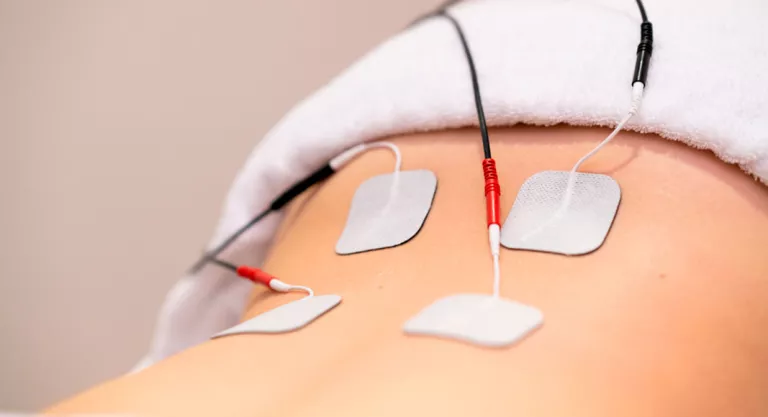Not all people can fully enjoy their sexual relations, as there are physical and psychological alterations that prevent it, such as sexual dysfunction or vaginismus. There are several ways to treat it, and one of them is through physiotherapy, specifically one of its branches, physiosexology.
This type of therapy is still little known, hence there is a great lack of knowledge about it, according to Marta Torrón, an expert physiotherapist in physiosexology and sexual growth, it is “the branch of physiotherapy that is responsible for rehabilitating or improving function erotica of people.

Having a good erotic function is important for both women and men, because it balances emotionally, physically and makes people feel good, because in sexual practice hormones such as serotonin or dopamine are released, which fill us with well-being and make us happier. Alicia Sancho, a physiotherapist expert in physiosexology, tells us that this technique “seeks to harmonize the erotic function, which in itself is what allows us to feel pleasure and achieve the self-perception of sexual satisfaction. We understand that sexuality encompasses a physical, emotional and human interrelationship. It depends on our hormones, our mental and physical well-being, and it affects our quality of life”.
“Having a good erotic function does not mean having sex every day, nor having had many partners or practicing all the positions of the kamasutra”
As Marta Torrón clarifies, “having a good erotic function does not mean having sexual relations every day, nor having had many partners or practicing all the kamasutra postures. A good erotic function starts from the feeling of being satisfied with what is done, how it is done, with whom and when it is done”. If reading this you think that something in your erotic function fails, don’t worry, physiosexology could help you.
What does physiosexology treat?
Physio-sexology treats alterations in sexual activity involved in all phases of sex, that is, in desire, arousal and orgasm. According to Marta Sancho Melchor, a physiotherapist at the Comprehensive Health Physiotherapy Clinic in Madrid, “the incidence of these sexual alterations is greater in young women, although they affect both men and women.”

As the physiotherapist explains, this type of treatment can help improve physical performance but also in disorders that come from sexual psychology or other assumptions such as after childbirth, after a surgical operation, trauma, damage to the floor pelvic pain, a prohibitive education, menopause or illness. Some of the most common disorders treated by physiosexology are:
-
Premature ejaculation: expulsion of semen earlier than expected.
-
Erectile dysfunction: penile erection problems, such as impotence.
-
Anorgasmia: inability to reach orgasm.
-
Dyspareunia: pain during sexual intercourse.
-
Arousal problems: such as vaginal dryness, little or no sensitivity or lack of libido.
-
Vaginismus: involuntary vaginal contraction.
-
Prostatitis: inflammation of the prostate that alters sexuality.
Techniques used in physiosexology
Having exposed the main problems that this therapy deals with, it remains to discover the techniques with which improvements in disorders can be achieved. As the physiotherapist Marta Sancho Melchor explains, you can opt for:
- Electrostimulation
- Shock waves
- To be
- Use of dilators or vibrators
-
Kegel exercises
- hypopressive exercises
- Educational therapy in relation to pain and affective aspects

The type of technique used will depend on the disorder to be treated and the prior assessment of the expert in this type of physiotherapy. Marta Sancho tells us that the number of sessions required will depend on each case and the evolution of the patient. Even so, she clarifies that “it can be between 5 and 10 sessions, but it is possible that more is needed, especially in the case of needing to exercise the muscles.”
For her part, Alicia Sancho agrees that depending on the pathology addressed, the patient’s profile and degree of involvement, the number of sessions and the type of work will vary, but indicates that generally the average is around 8 sessions , which usually last about an hour.
Regarding the price of physiosexology, Alicia Sancho explains to Webconsultas that the prices of the sessions are between 50 and 100 euros, and may be higher if the use of electrotherapy is required.
.














